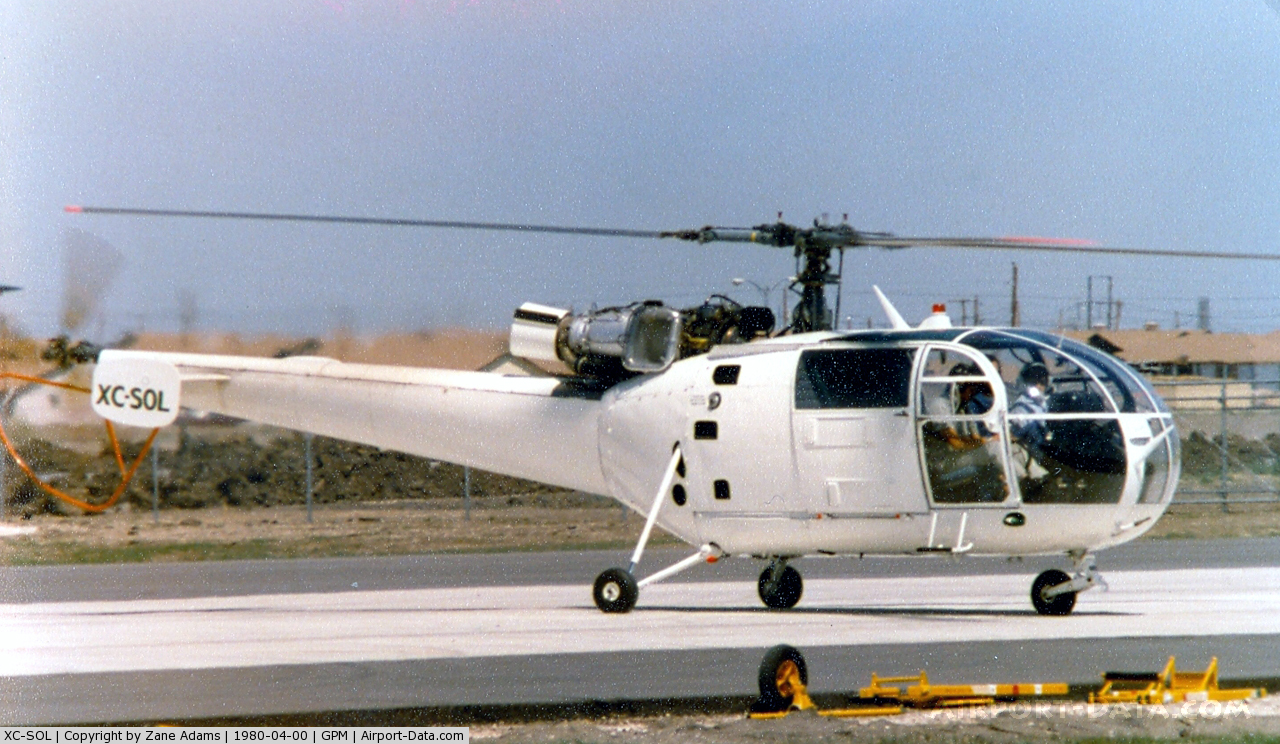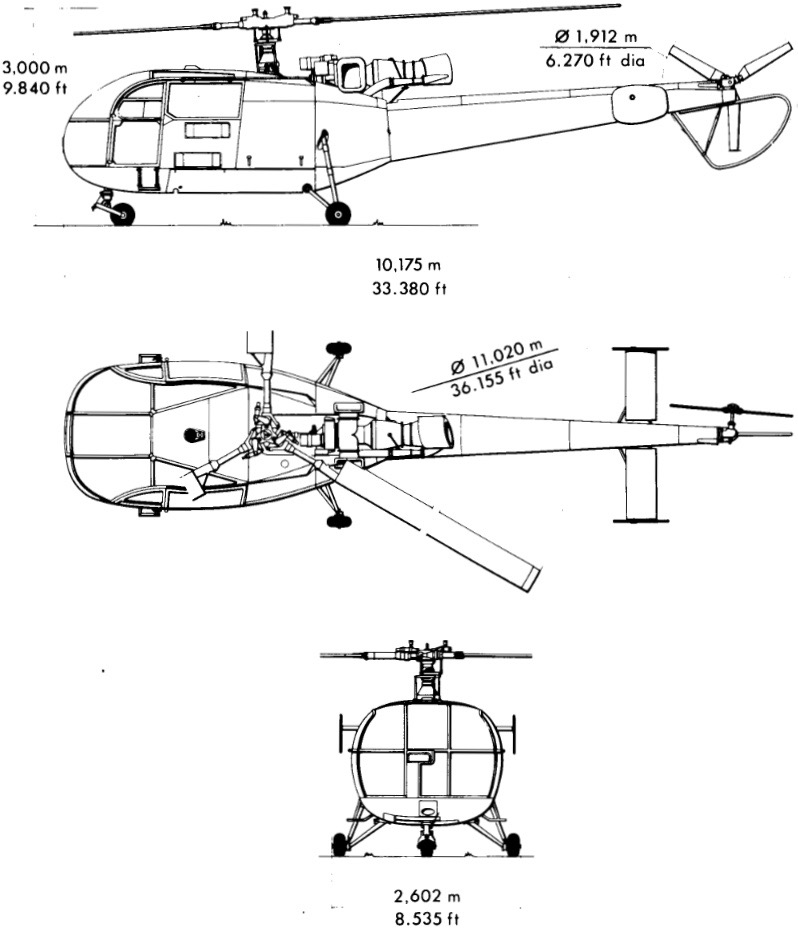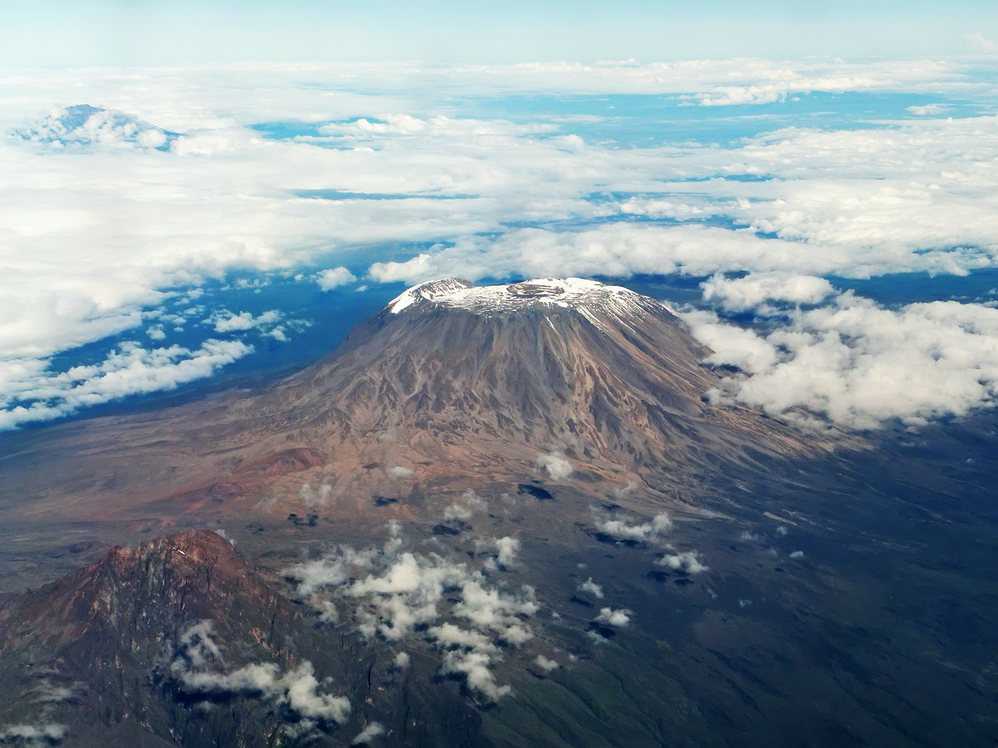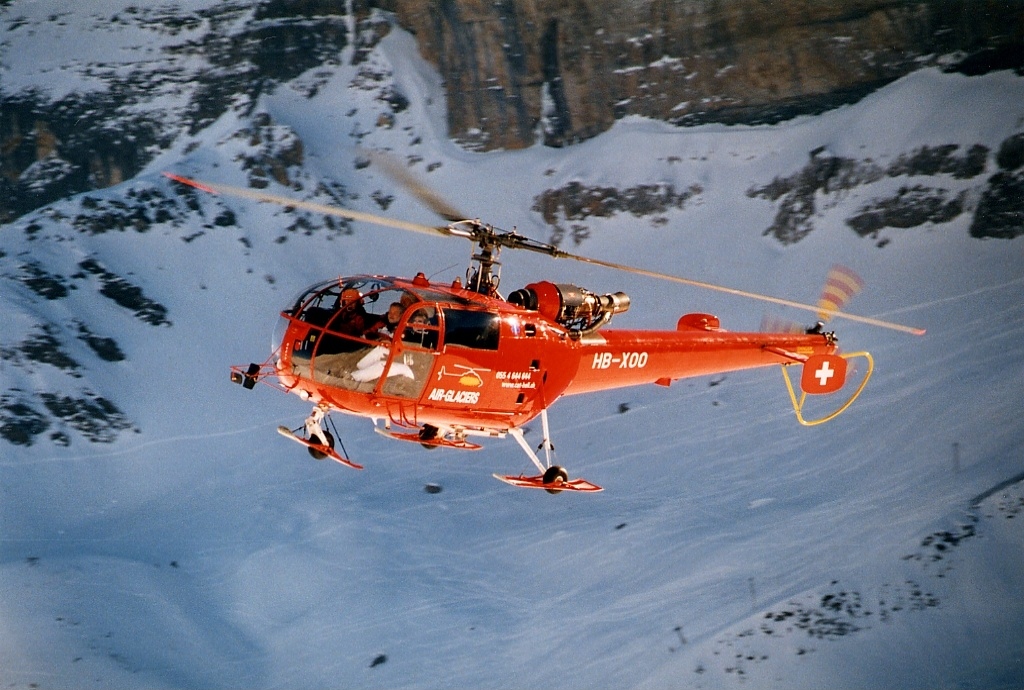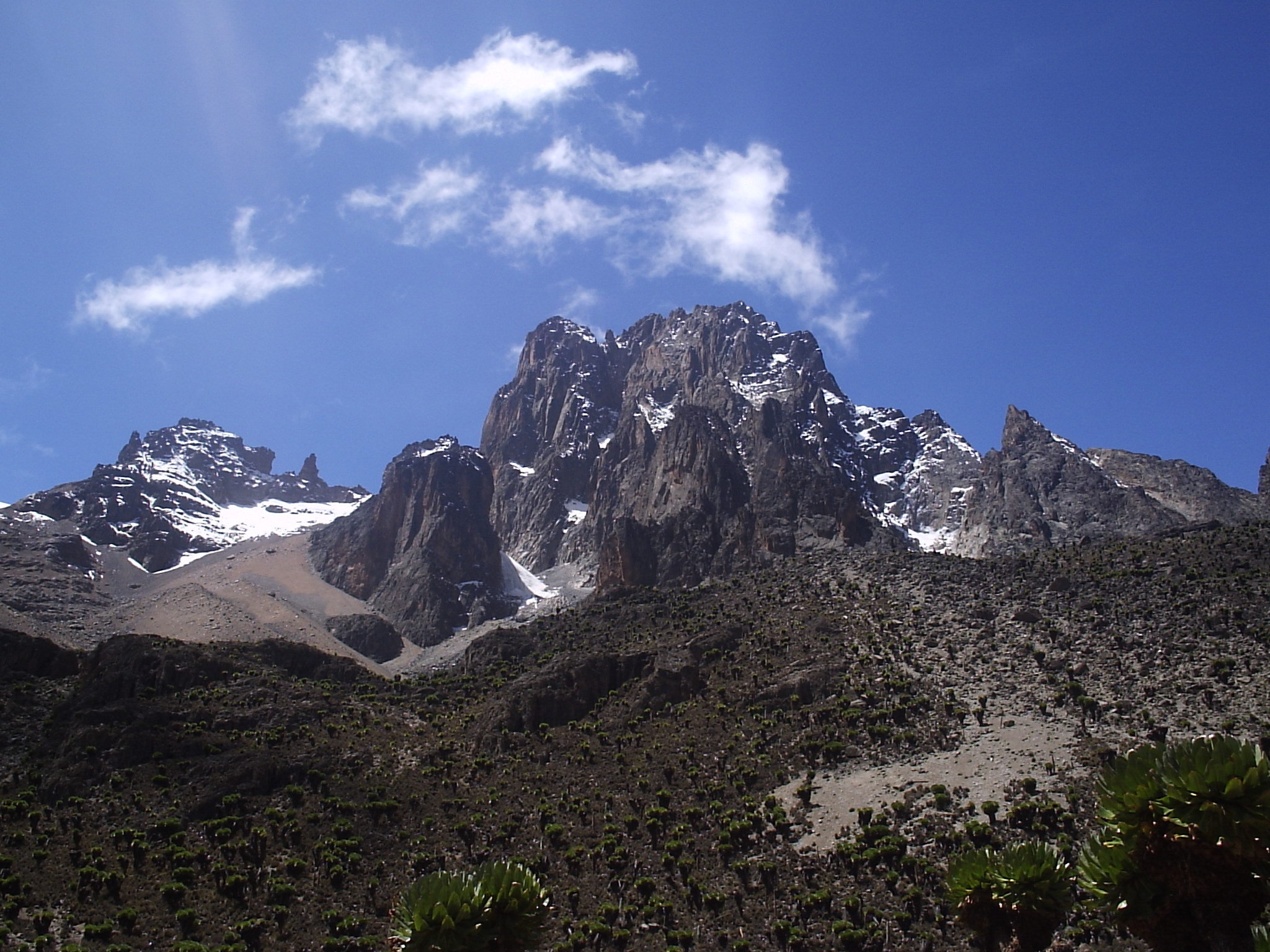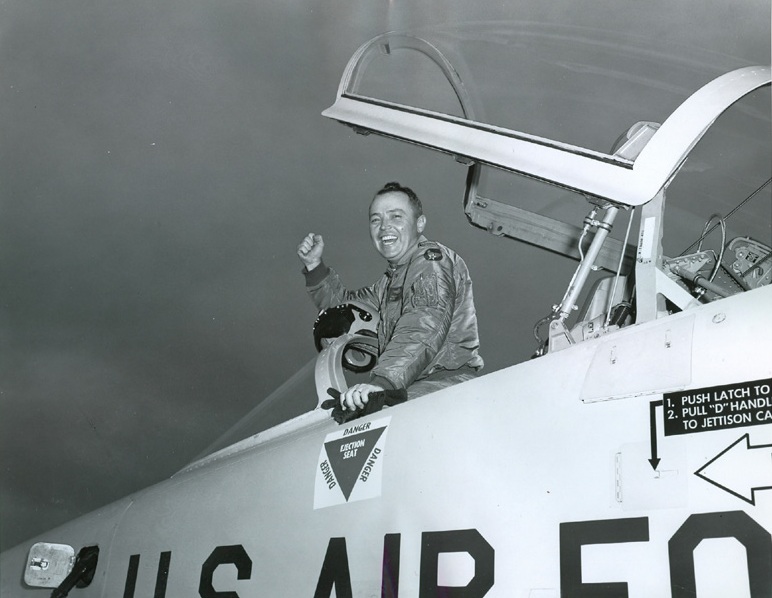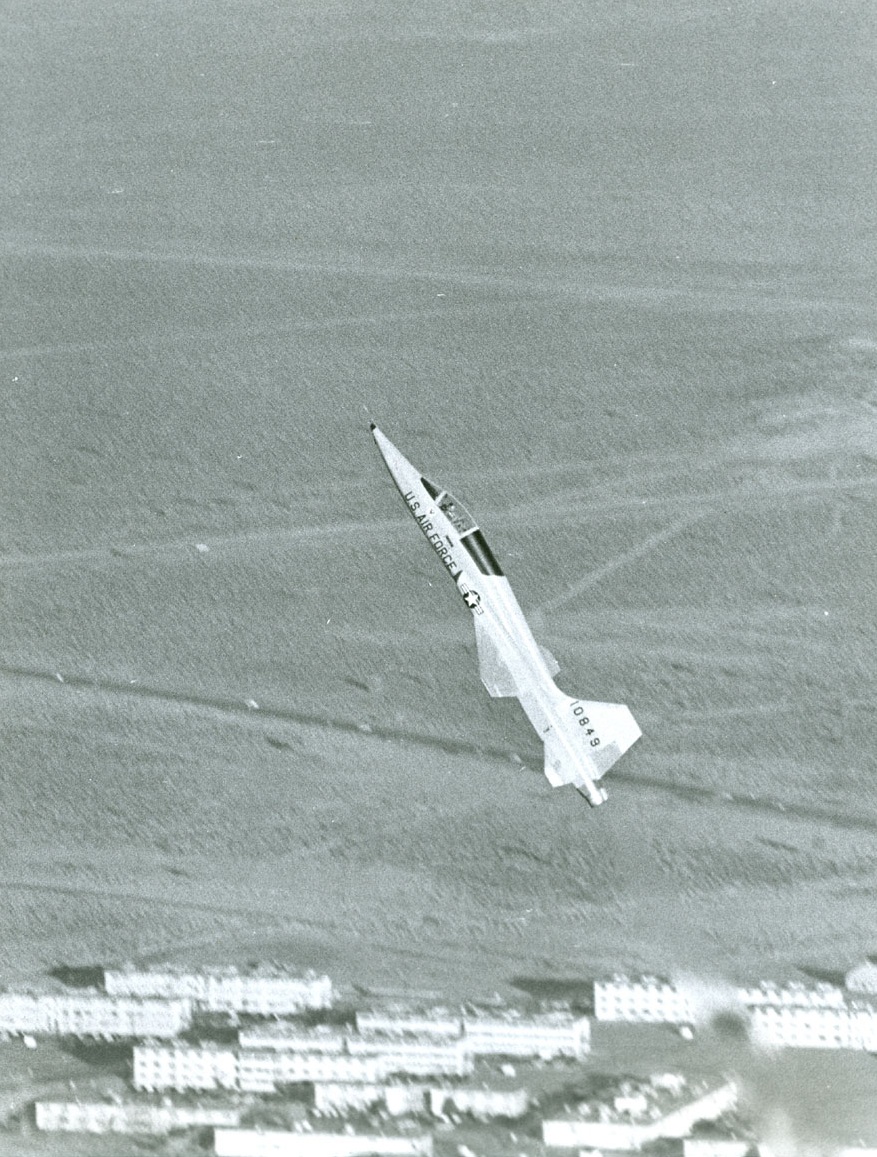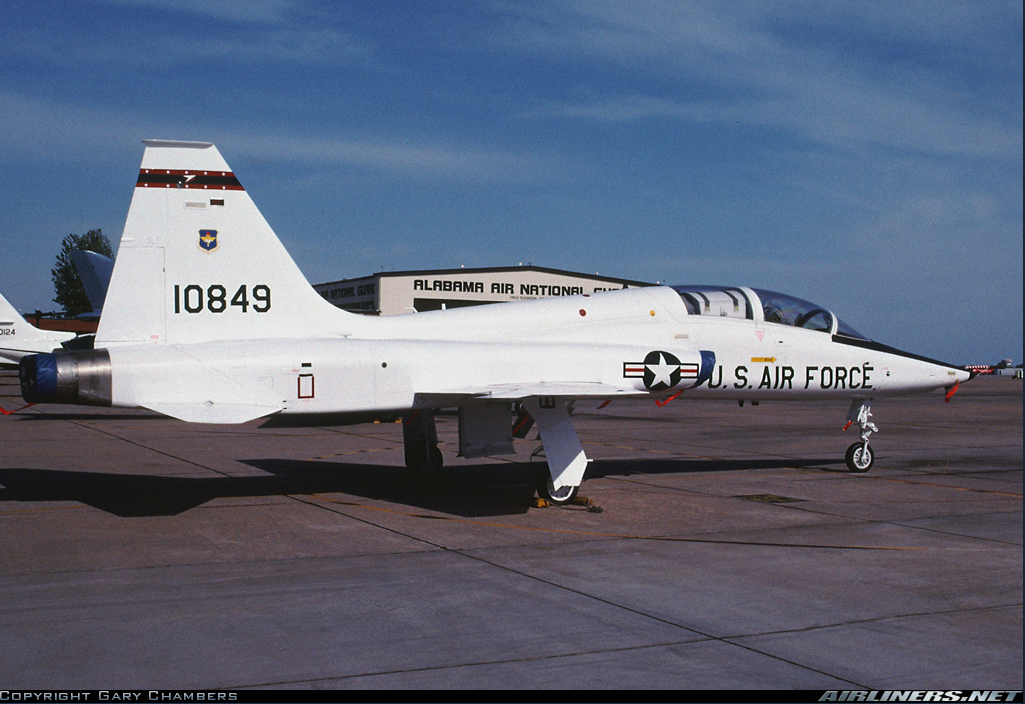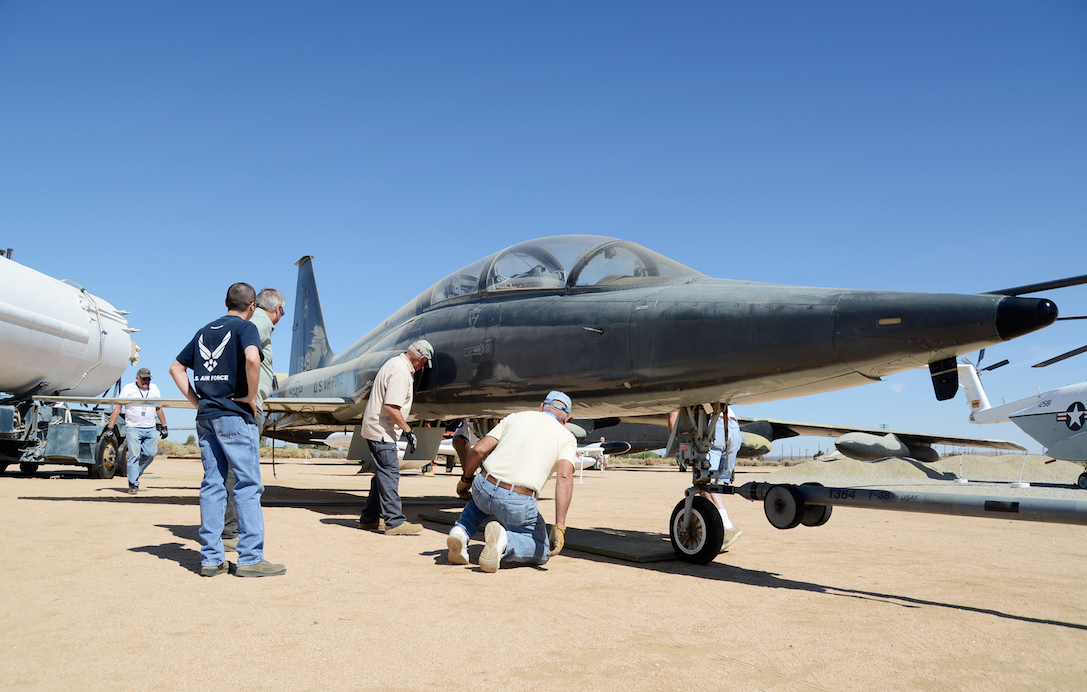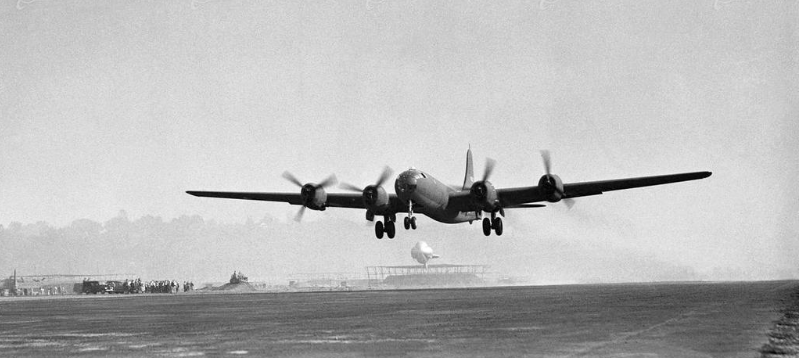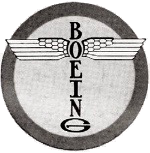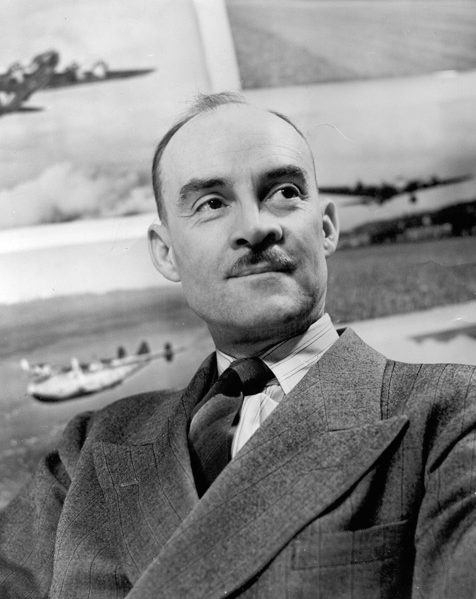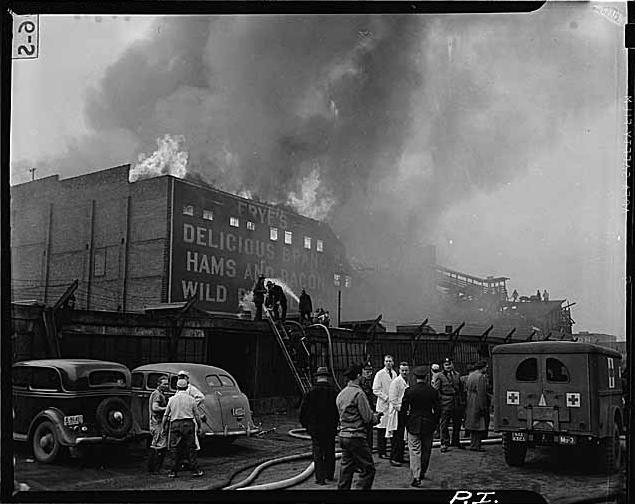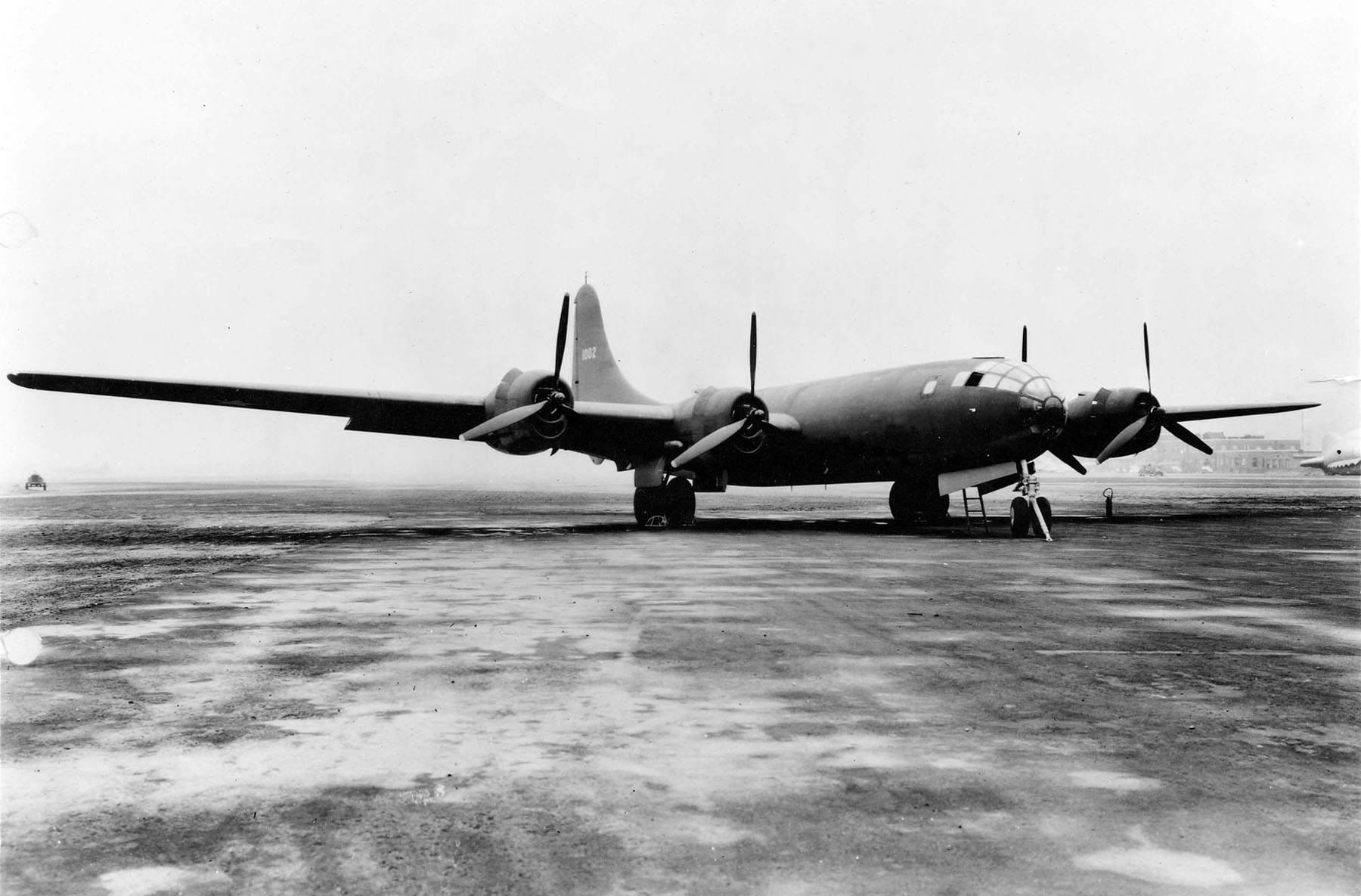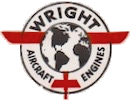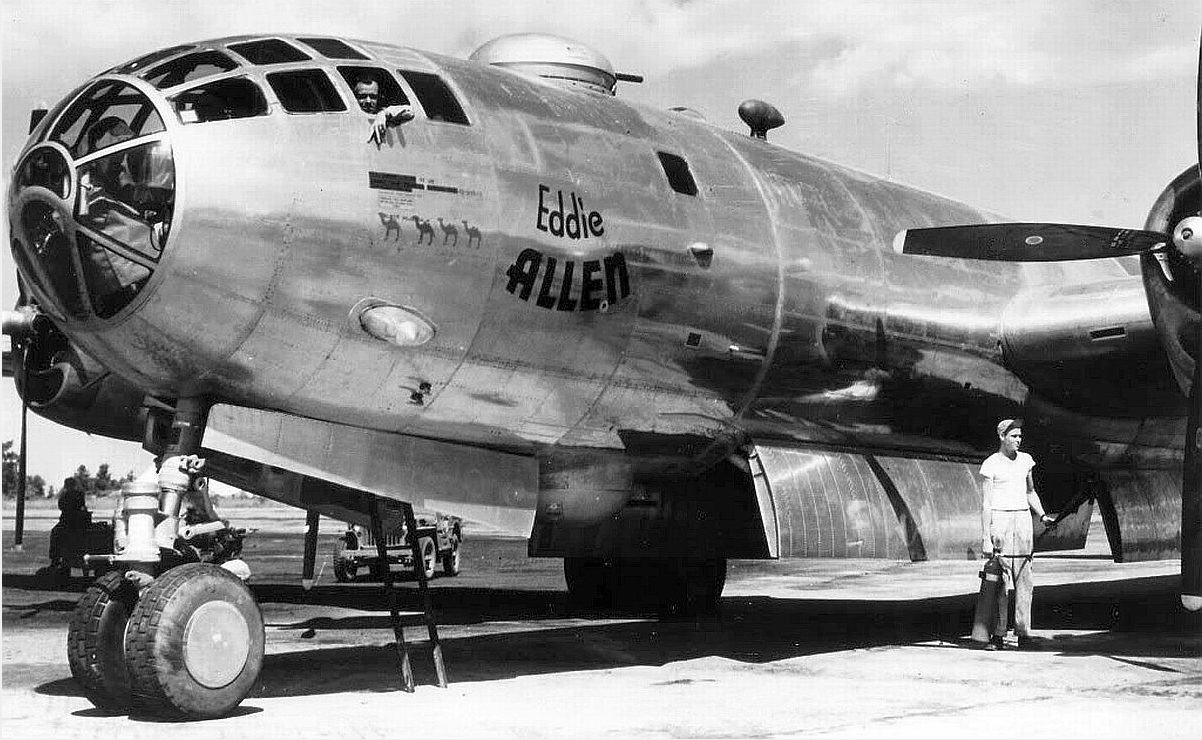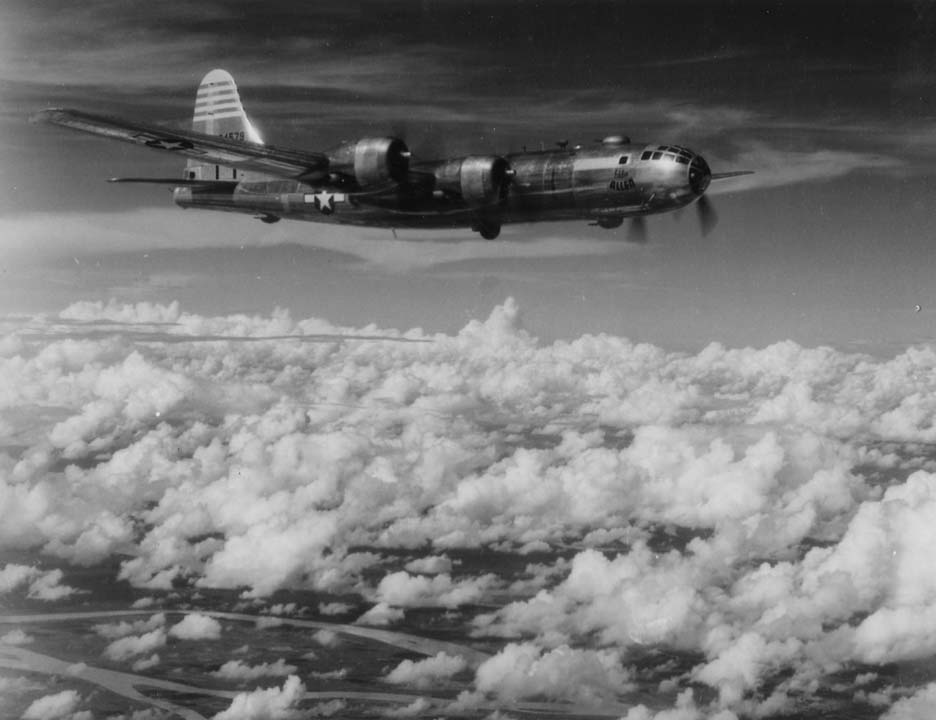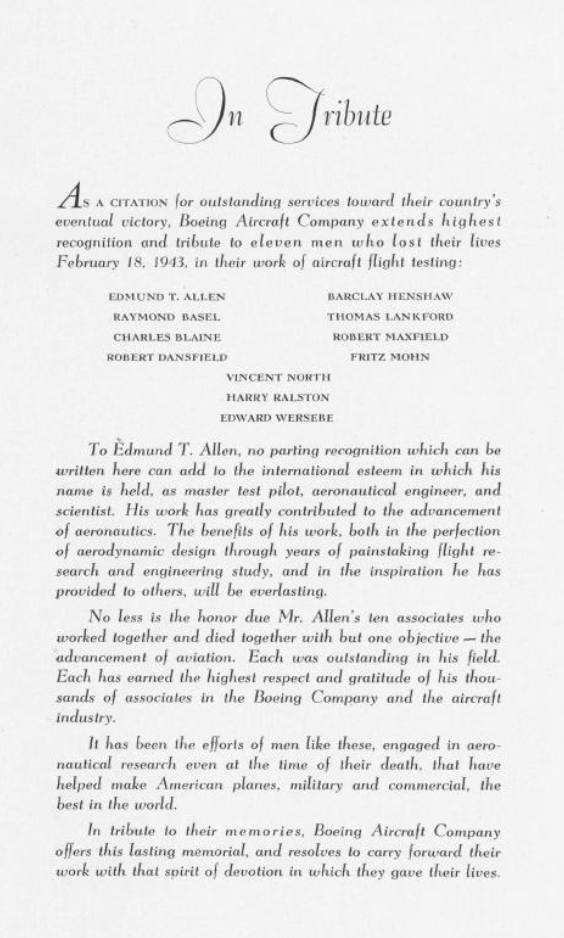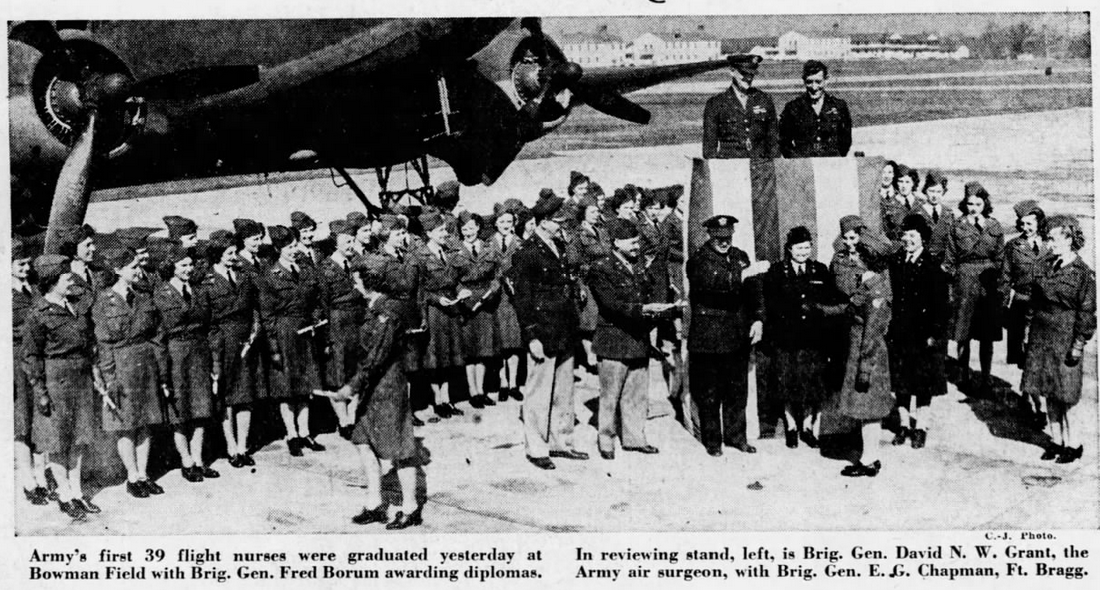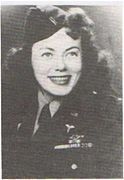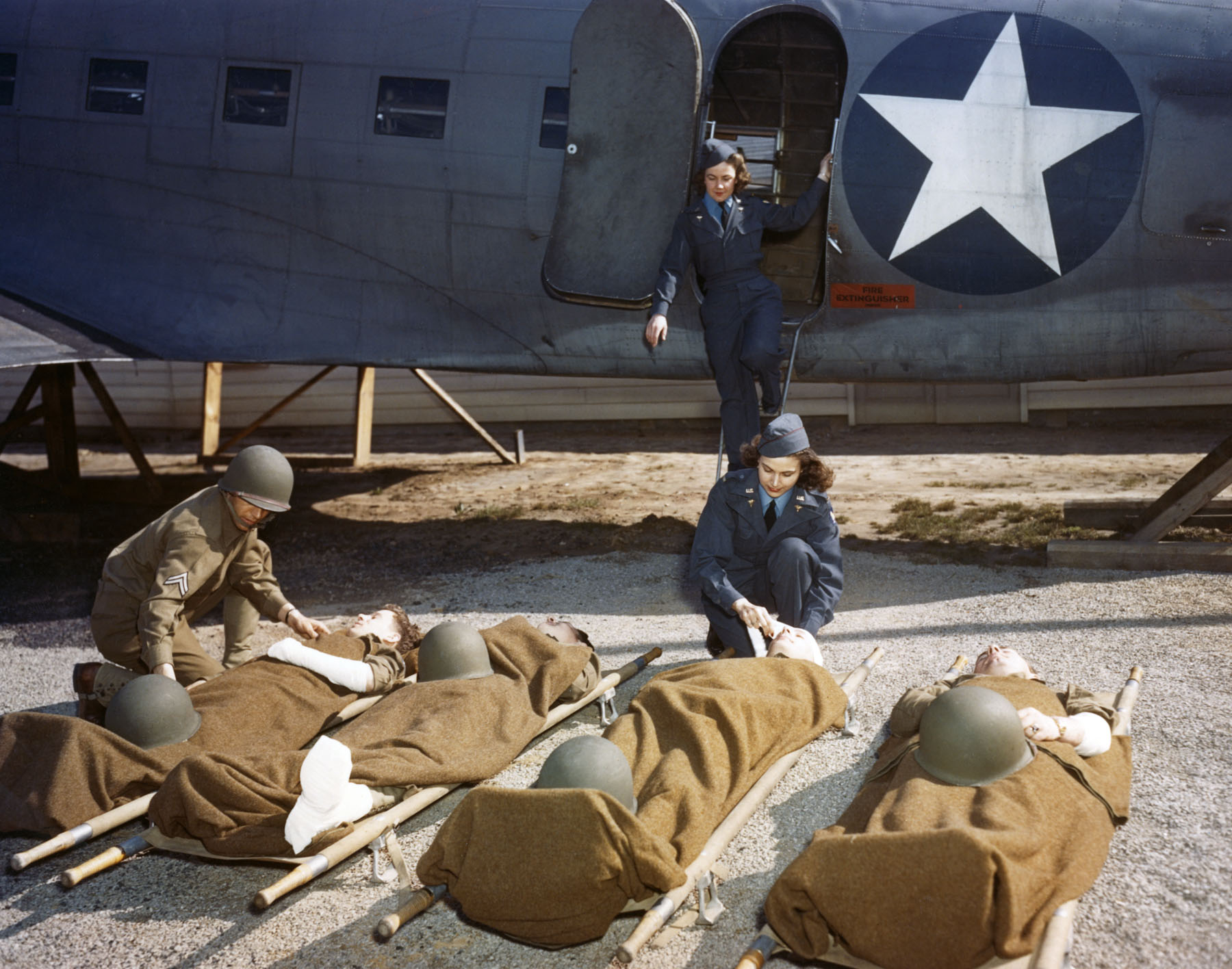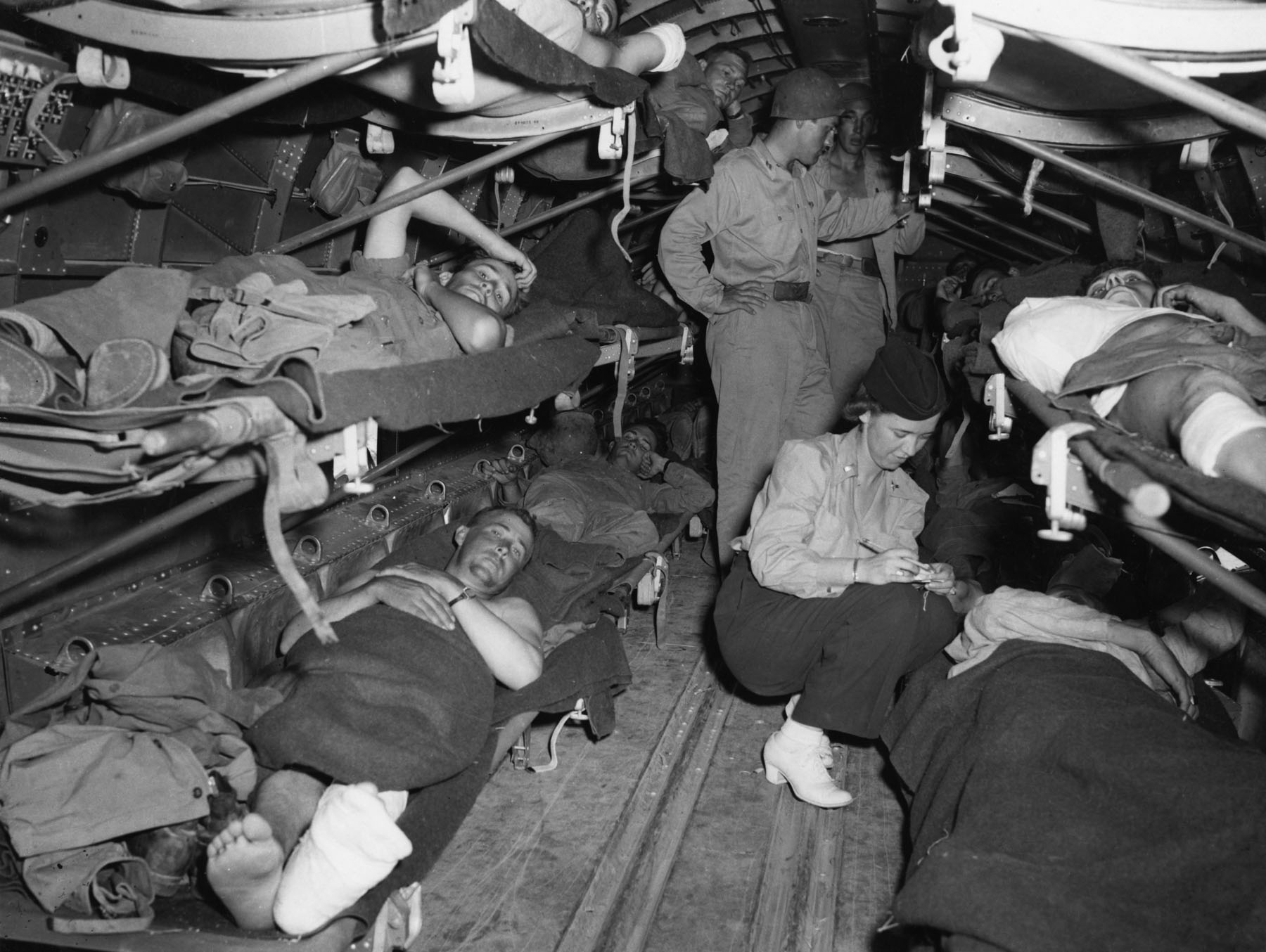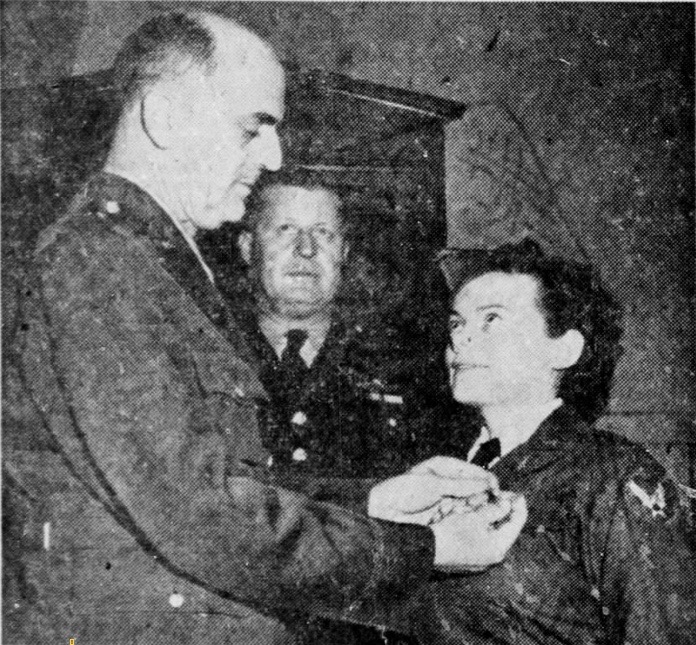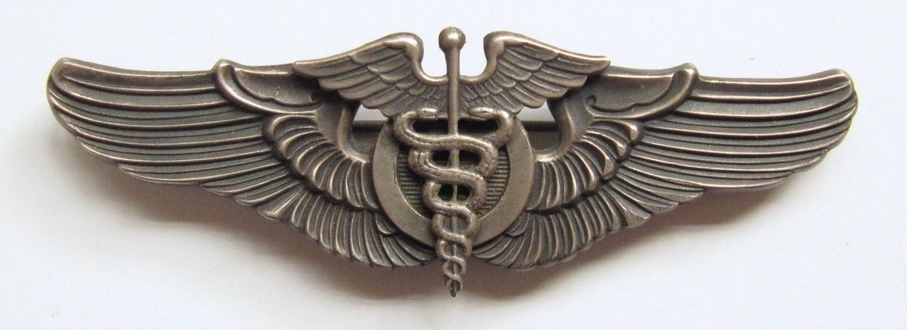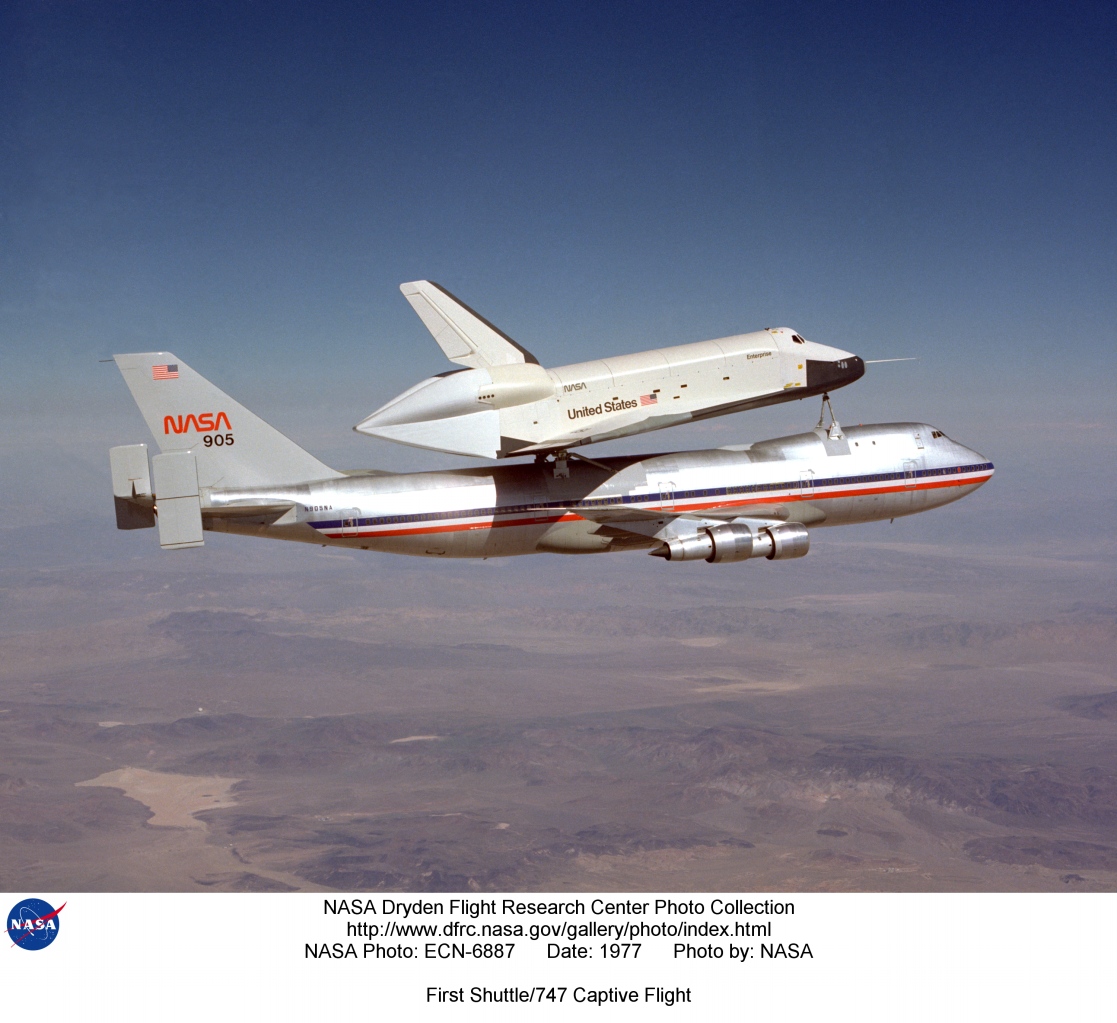 18 February 1977: The prototype space shuttle orbiter Enterprise (OV-101) made its first captive flight aboard NASA 905, the Boeing 747-123 Shuttle Carrier Aircraft. On this flight, no one was aboard Enterprise. NASA 905 was flown by Aircraft Commander Fitzhugh L. Fulton, Jr., Pilot Thomas C. McMurty, and Flight Engineers Louis E. Guidry, Jr. and Victor W. Horton.
18 February 1977: The prototype space shuttle orbiter Enterprise (OV-101) made its first captive flight aboard NASA 905, the Boeing 747-123 Shuttle Carrier Aircraft. On this flight, no one was aboard Enterprise. NASA 905 was flown by Aircraft Commander Fitzhugh L. Fulton, Jr., Pilot Thomas C. McMurty, and Flight Engineers Louis E. Guidry, Jr. and Victor W. Horton.
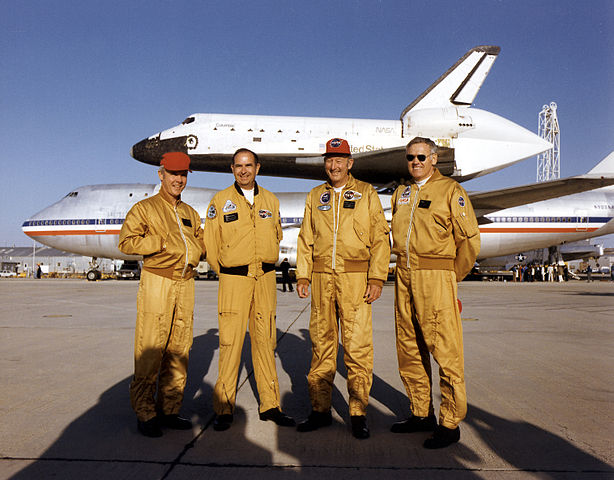
The duration of the first captive flight was 2 hours, 5 minutes. The Enterprise/SCA combination reached a maximum speed of 287 miles per hour (462 kilometers per hour) and altitude of 16,000 feet (4,877 meters).
NASA describes the photograph above:
The Space Shuttle prototype Enterprise rides smoothly atop NASA’s first Shuttle Carrier Aircraft (SCA), NASA 905, during the first of the shuttle program’s Approach and Landing Tests (ALT) at the Dryden Flight Research Center, Edwards, California, in 1977. During the nearly one year-long series of tests, Enterprise was taken aloft on the SCA to study the aerodynamics of the mated vehicles and, in a series of five free flights, tested the glide and landing characteristics of the orbiter prototype.
In this photo, the main engine area on the aft end of Enterprise is covered with a tail cone to reduce aerodynamic drag that affects the horizontal tail of the SCA, on which tip fins have been installed to increase stability when the aircraft carries an orbiter.

NASA 905 (the airplane’s call sign is based on its FAA registration, N905NA) was originally built by Boeing for American Airlines as a 747-123 airliner, serial number 20107. It was delivered to American 29 October 1970 with the registration N9668. NASA acquired the airliner 18 July 1974 for use in wake vortex studies.
Modification to the SCA configuration began in 1976. Most of the interior was stripped and the fuselage was strengthened. Mounting struts for the space shuttle were added and end plates for additional stability were attached to the horizontal tail plane. The 747 retained the red, white and blue horizontal stripes of American Airlines’ livery until the early 1980s.
The standard Pratt & Whitney JT95-3A high bypass ratio turbofan engines were upgraded to JT9D-7J turbofans. This increased thrust from 46,950 pounds to 50,000 pounds (222.41 kilonewtons) each. The JT9D-7J is a two-spool, axial-flow turbofan engine with a single stage fan section, 14-stage compressor section and 4-stage turbine. This engine has a maximum diameter of 7 feet, 11.6 inches (2.428 meters), is 12 feet, 10.2 inches (3.917 meters) long and weighs 8,850 pounds (4,014 kilograms).
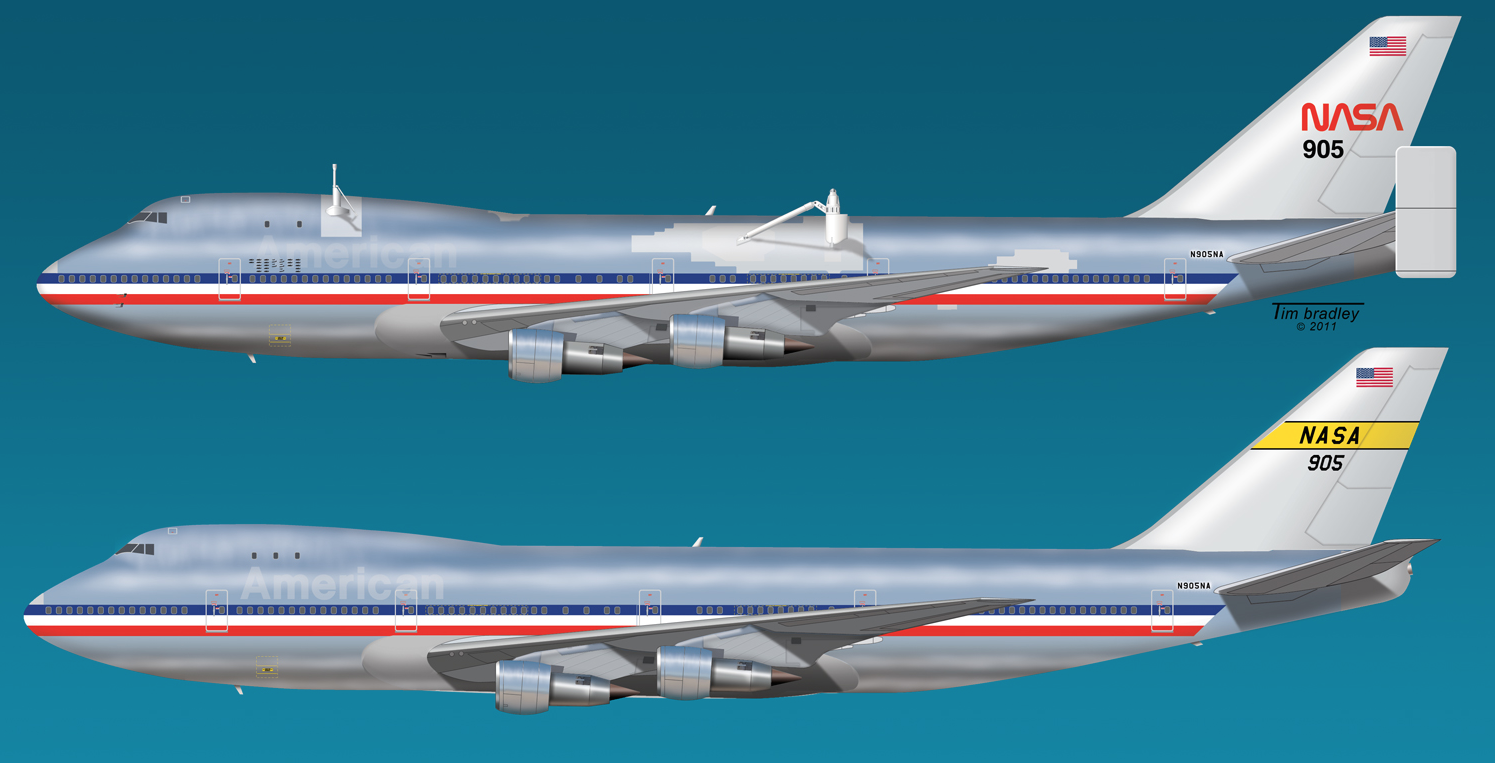
NASA 905 is 231 feet, 10.2 inches (70.668 meters) long with a wingspan of 195 feet, 8 inches (59.639 meters) and overall height of 63 feet, 5 inches (19.329 meters). Its empty weight is 318,053 pounds (144,266 kilograms) and maximum takeoff weight is 710,000 pounds (322,050 kilograms).
While carrying a space shuttle, the SCA maximum speed is 0.6 Mach (443 miles per hour, or 695 kilometers per hour). The service ceiling is 15,000 feet (4,572 meters) and its range is 1,150 miles (1,850.75 kilometers).
NASA 905 is displayed at Independence Park at Space Center Houston, a science and space learning center in Houston, Texas.
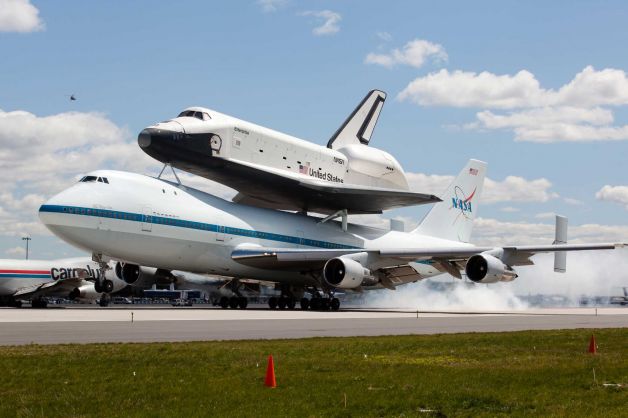
© 2017, Bryan R. Swopes
